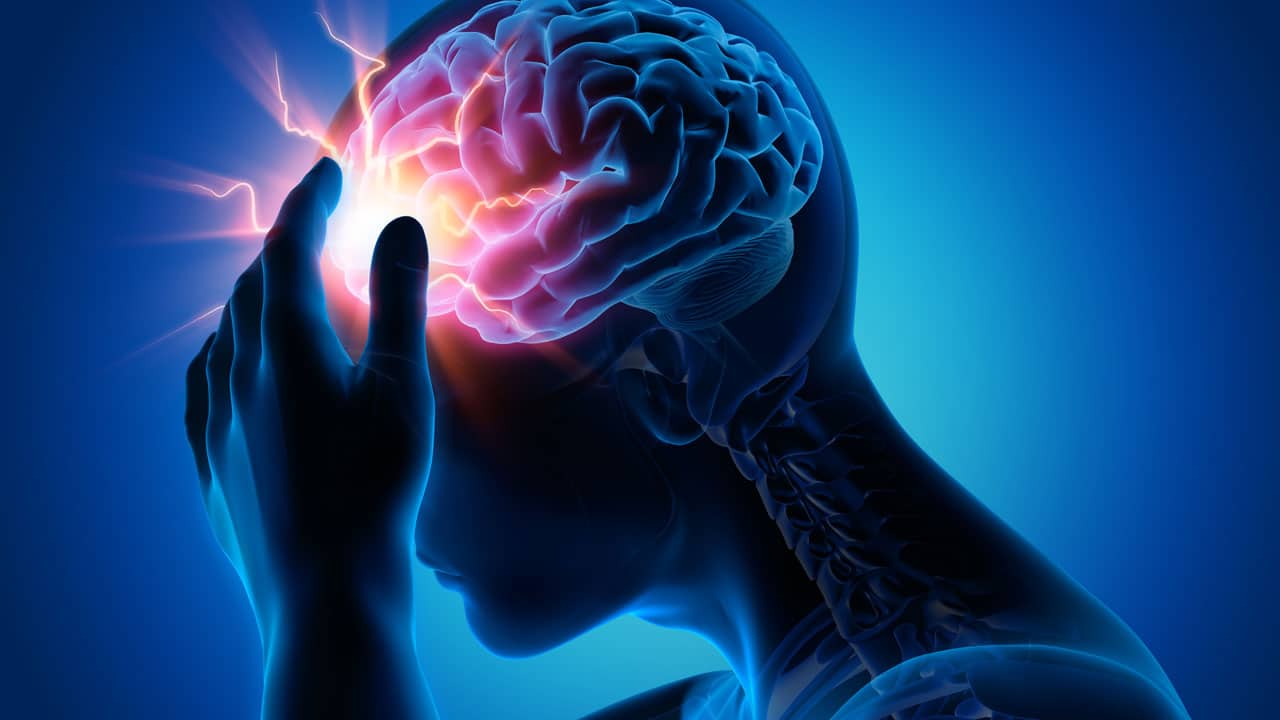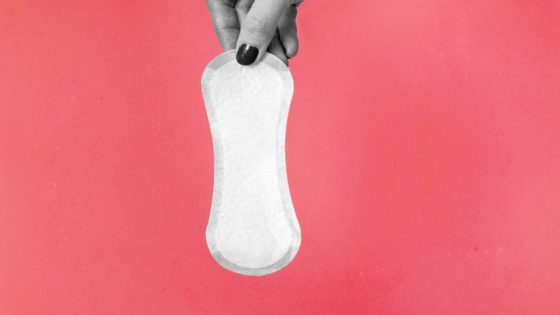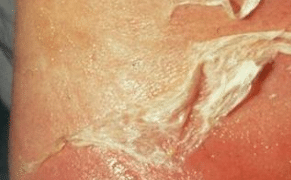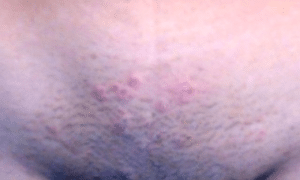Stroke is a disease that affects brain arteries, it is a medical condition in which blood supply to a part in the brain decreases or stopped.
Its a medical emergency that needs immediate medical intervention.
Stroke is the 5th leading cause of death in the United States. Approximately 800.000 people have a stroke each year.

When the stroke happened the brain cells start to die as soon as the cells did not get enough oxygen and nutrients.
There are two types of stroke: ischemic and hemorrhagic stroke
Stroke Causes and Risk Factors
Causes of stroke include:
- Ischemia in the brain: decrease blood supply to the brain arteries due to ischemic changes, ischemic changes happened when the brain arteries narrowed or blocked by a fat build-up or clot inside it.
- Hemorrhage in the brain: bleeding with and outside of the brain, hemorrhagic changes happened when the brain blood vessels ruptured or leaked due to:
- Untreated Ischemic stroke.
- Anticoagulants.
- High blood pressure.
- Cerebral amyloid angiopathy.
- Aneurysm.
- Trauma.
- Transient ischemic attack (TIA): it also called mini-stroke, temporary ischemic changes happened when the brain arteries blocked by a clot. Symptoms similar to an ischemic stroke but they are temporary.
Risk factors include:
- Heart disease: heart failure and arrhythmia such as atrial fibrillation increase the risk.
- Diabetes: diabetes damage the blood vessels and make the blood much thicker, which makes it more likely.
- Tobacco: nicotine elevate your blood pressure and can increase the risk of stroke.
- Obesity: being overweight increases the risk of stroke.
- High cholesterol level: cholesterol and fat deposits in blood vessels thus, increase the risk of stroke.
- Positive family history of stroke: genetic factors can play a major rule and increase the tendency of stroke.
- Age: elderly or people above 55 have a higher risk of stroke than younger people.
- Gender: men are highly likely to have a stroke than women.
- Race: African Americans have a higher risk than others.
- Hormones: estrogen and birth control pills increase the risk of the disease.
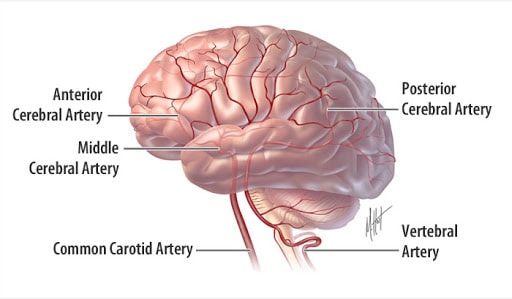
Stroke Symptoms
Stroke symptoms appear suddenly, fast, and depend on the area of the brain affected.
The American stroke association advocated the F A S T-word to remember the warning sign of stroke.
F: facial droop.
A: arm drift.
S: Speech difficulty.
T: time to call emergency.
The major symptoms of stroke include:
- Sudden unilateral weakness and numbness of one entire side of the body.
- Sudden reduction in muscle tones.
- Balance problem, trouble walking, and gait abnormality.
- Sudden confusion, and memory loss.
- Speaking difficulties and difficulty understanding speech.
- Sudden severe headache.
- Visual field defect and trouble seeing.
- Altered breathing and heart rate.
- Loss of consciousness.
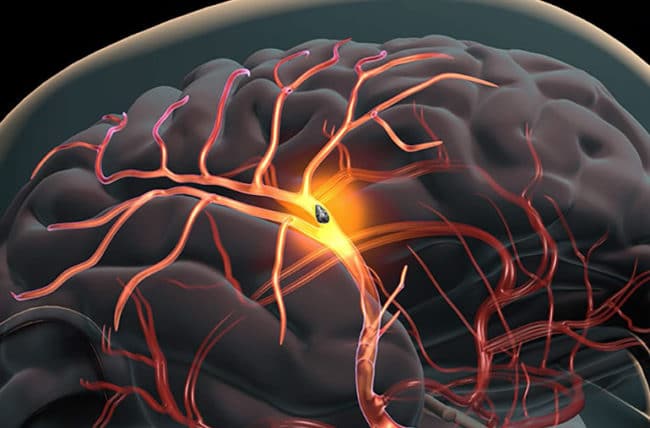
Stroke Diagnosis
Ischemic and hemorrhagic stroke, diagnosed in several techniques:
- Physical examination and medical history: symptoms onset and neurological status are essential diagnostic tools, to evaluate the location and severity of the disease.
- Brain CT (computerized tomography) Scan: CT scan can detect the location and the size of the stroke.
- Brain MRI (magnetic resonance imaging): brain MRI can detect the location and the size of the stroke.
- Carotid ultrasound: carotid ultrasound can detect any plaque in your carotid arteries that can reduce the blood flow to the brain and cause stroke.
- Cerebral angiogram: cerebral angiogram gives a detailed view of the head and neck arteries.
- Echocardiogram: echocardiogram can detect any clot on the heart that may have traveled to the brain and cause a stroke.
- Complete blood count (CBC) test: CBC test can detect if there is bleeding by checking the platelets level.
- Clotting time test: clotting time can detect if there is a bleeding tendency that may cause a stroke.
- Lipid profile test: lipid profile can detect a fat build up in your vessels that may cause a stroke.
Treatment
Treatment depends on the type of stroke.
Ischemic stroke treatments:
- Emergency Intravenous thrombolysis medication: thrombolysis medication can dissolve the clot and return blood flow to the affected area. This medication must take within the first 3 hours of the symptoms. Tissue plasminogen activator (tPA) medication is the gold standard treatment of ischemic stroke.
- Emergency endovascular procedure: the endovascular procedure is mechanical removal of the clot causing an ischemic stroke. This procedure must be done within 12 hours of the onset of the symptoms.
- Rehabilitation: rehabilitation is the last treatment for stroke patients to help them return to normal life or adapt to difficulties and educate family members to support the patient. The rehabilitation team includes a nurse, physiotherapist, dietitian, neurologist, social workers, psychiatrist, occupational therapist, speech-language pathologist. Rehabilitation team working together to help the patient.
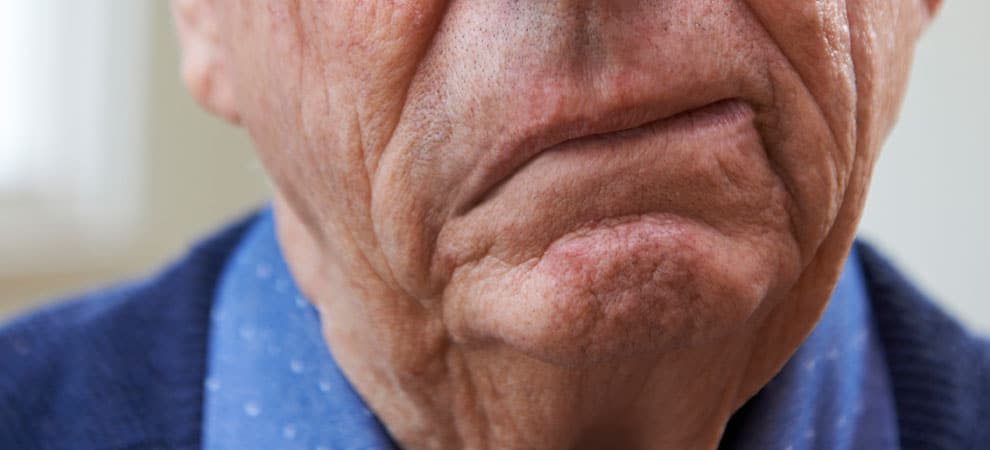
Hemorrhagic stroke treatments:
- Intensive monitoring: monitor for any change in the level of consciousness. Oxygen supplements to keep oxygen at an optimum level. Anticoagulant medication can cause hemorrhagic stroke and hypertension can cause hemorrhagic stroke. Lower the blood pressure and stop anticoagulant medication is the first treatment line.
- Surgery intervention (craniotomy): surgical intervention is useful if the area of bleeding is large. The major purpose of the surgery is to remove the bleeding and relief the pressure on the brain.
- Endovascular embolization (coiling): a hemorrhagic stroke can be caused by aneurysm bursting, coiling is the best intervention to block the blood flow to the aneurysm and force blood to clot and stop the bleeding.
- Rehabilitation: rehabilitation is the last treatment for stroke patients to help them return to normal life or adapt to difficulties and educate family members to support the patient. The rehabilitation team includes a nurse, physiotherapist, dietitian, neurologist, social workers, psychiatrist, occupational therapist, speech-language pathologist. Rehabilitation team working together to help the patient.
Prevention
To prevent yourself from having a new or another stroke, you have to follow these tips:
- You have to exercise regularly: exercise can reduce your stroke risk significantly in many ways. Exercise can lower your blood pressure, decrease bad cholesterol, increase good cholesterol, and increase your overall heart health.
- You have to control your hypertension: lowering your blood pressure is a great way to keep you safe and reduce your risk, especially if you had a previous stroke.
- You have to eat healthy food: meditation diet, fruits, nuts, and vegetables can reduce your risk.
- You have to quit smoking: smoking can increase the risk of stroke for both passive and active smokers. Stop smoking decrease your risk.
- You have to lower your cholesterol and fats: reduce saturated fat may reduce the plaque buildup in your vessels. Your doctor may prescribe lipid medication.
- You have to decrease your bodyweight if you are obese: reduce your weight can decrease stroke risk factors.
- You have to stop drinking alcohol: alcohol consumption can increase stroke risk factors, such as hypertension, and decrees your blood clot tendency. You have to stop drinking to prevent yourself from a stroke.
- You have to manage your diabetes and blood sugar level: lowering your blood sugar level can reduce risk. Your doctor may prescribe diabetes medication.
- You have to avoid illegal drugs: some illegal drugs can increase your risk of TIA and stroke, such as cocaine and methamphetamine.
- You have to treat your sleeping apnea if present: sleep disorder that causes stop berthing frequently during sleep may increase your risk.
Seeking pulmonologists to treat the condition may reduce your risk.
For further information please visit
https://en.wikipedia.org/wiki/Stroke#Signs_and_symptoms
https://www.mayoclinic.org/diseases-conditions/stroke/symptoms-causes/syc-20350113


